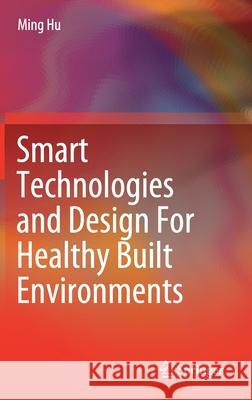Smart Technologies and Design for Healthy Built Environments » książka
topmenu
Smart Technologies and Design for Healthy Built Environments
ISBN-13: 9783030512910 / Angielski / Twarda / 2020 / 146 str.
Kategorie:
Kategorie BISAC:
Wydawca:
Springer
Seria wydawnicza:
Język:
Angielski
ISBN-13:
9783030512910
Rok wydania:
2020
Wydanie:
2021
Numer serii:
000457375
Ilość stron:
146
Waga:
0.41 kg
Wymiary:
23.39 x 15.6 x 1.12
Oprawa:
Twarda
Wolumenów:
01
Dodatkowe informacje:
Wydanie ilustrowane











